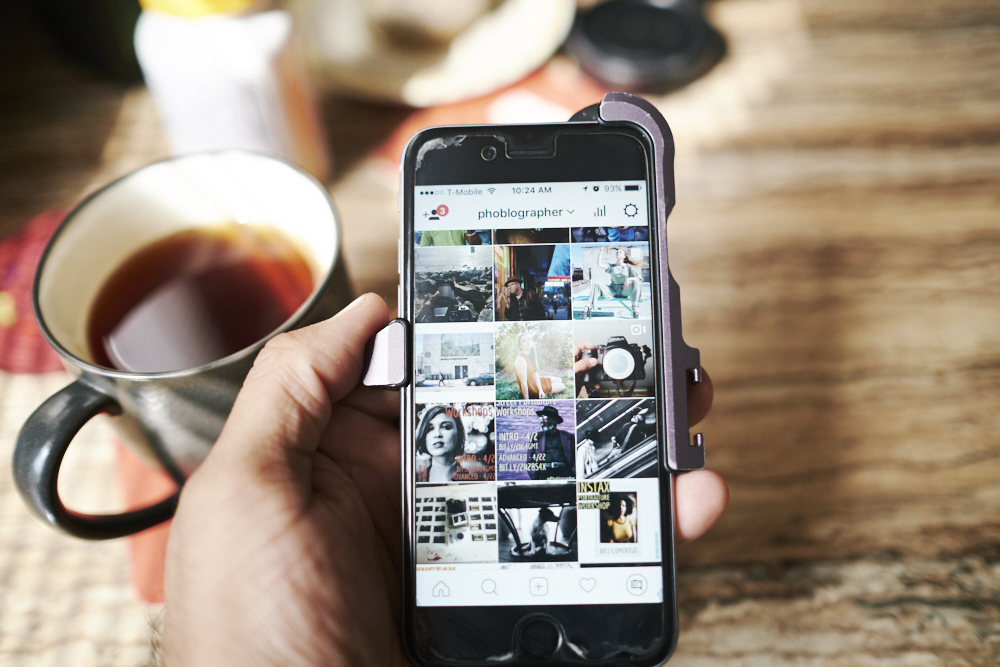Last Updated on 12/26/2018 by Mark Beckenbach
Worried your Instagram posts might get used by magazines without your permission? Here’s a recent case that should settle your mind.
All forms of photography, whether taken for work or for personal use, are now at risk of being stolen or used without permission — even by established publications. Global publisher Hearst recently learned the consequences of that when they published on Esquire’s website the iPhone snap of Jonathan Otto, showing President Donald Trump crashing a wedding on June 11, 2017. The court decision dropped by the U.S. District Court for the Southern District of New York on December 10 ruled against the publisher’s claim of fair use and sided with the copyright infringement case filed by Otto.
The photo snapped by Otto during a wedding was certainly a newsmaker, so it wasn’t surprising that many publications (including TMZ, CNN, The Washington Post, and the Daily Mail), upon spotting it on Instagram, went on a mad scramble to use it for their stories. It wasn’t surprising that four publications later on settled with Otto. What’s surprising is that Hearst thought that simply crediting the Instagram user’s page was enough. If they only got in touch with the Instagram user, they would have found out who the original source of the photo was. They wouldn’t have had to make the claim that any infringement wasn’t willful because they didn’t know Otto owned the photo. Same goes for the rest of their arguments for fair use.
This is my original photo @TMZ – where is credit/compensation? Someone at event with me obviously shared without permission – please DM me. pic.twitter.com/wGibY0vI8h
— Jonathan Otto (@OttoJon) June 11, 2017
In case you’re just hearing about this for the first time, Hollywood Reporter and Bloomberg both have made solid reports on the circumstances of the case, so you can go check that out. We’re most curious about the juicy bits of the story, as they pertain to our concerns as photographers — pro or otherwise.
Hearst argued that the photo was taken for personal use, but they “transformed” it as a supplement to a news post in order to support their fair use claim. News reporting sure is one of the methods of fair use cited in Section 107 of the Copyright Act, but there are four factors in the evaluation of a fair use claim. One of these is “Purpose and character of the use, including whether the use is of a commercial nature or is for nonprofit educational purposes.” Otto’s photo was certainly used for commercial purposes in this case.
So, the court didn’t buy Hearst’s fair use claim. In the ruling, U.S. District Court Judge Gregory Woods wrote that “Stealing a copyrighted photograph to illustrate a news article, without adding new understanding or meaning to the work, does not transform its purpose — regardless of whether that photograph was created for commercial or personal use.”
“It would be antithetical to the purposes of copyright protection to allow media companies to steal personal images and benefit from the fair use defense by simply inserting the photo in an article which only recites factual information — much of which can be gleaned from the photograph itself,” Woods also wrote. “If so, amateur photographers would be discouraged from creating works and there would be no incentive for publishers to create their own content to illustrate articles: why pay to create or license photographs if all personal images posted on social media are free grist for use by media companies, as Hearst argues here?”
The court ruling also supported any amateur’s intention to license a photograph as he pleases, which was what Otto wanted to do when he get in touch with Sean Burke (a wedding guest whom he first sent the photo), TMZ, and other publications when he realized the value of his photo. “The creator of a work should not be precluded from future profits should they lack the marketing prowess to capitalize on their work at the time of creation. Otto’s status as an amateur photographer with an iPhone does not limit his right to engage in sales of his work.”
Nevertheless, it’s a warning for everyone in the media business and an example of how copyright works for photographers. So, the next time you snap something news-worthy and post it on Instagram, you know what to do!


